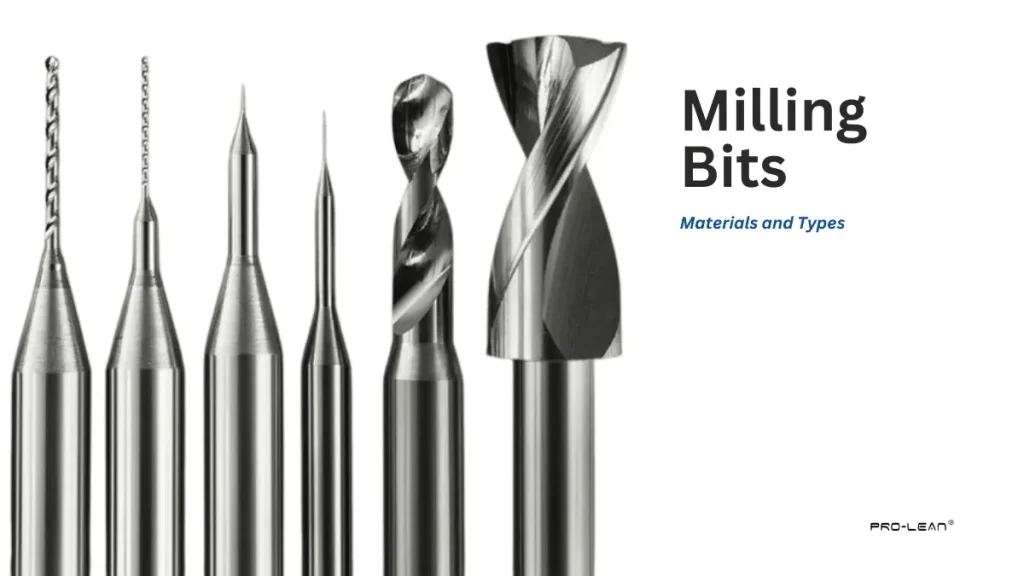
Milling Bits
Metal Milling Bits are also known as Milling cutters. These are used in both manual and CNC machines. These tools spin to cut materials such as metal, plastic, and wood for creating holes, profiles, and custom shapes etc. They come in various shapes and sizes. Each bit is designed to suit specific tasks. For example, some bits are used for general cutting, while others are incorporated for smooth finishes and intricate patterns.
In the operation, the shank of the milling bit connects to a machine. This moves it against the material being cut. Unlike drill bits, milling bits aren’t just for making contours. In fact, you can use various milling bits for cutting grooves, shaping edges, and drilling precise holes.
Choosing the right bit depends on your project. For example, to cut a slot, you can use one bit, and to create 3d shapes, you’ll select another. These components are essential for producing a wide range of items, from simple parts to complex components used in the automotive and aerospace industries.
Choosing the Right Material for Milling Bits
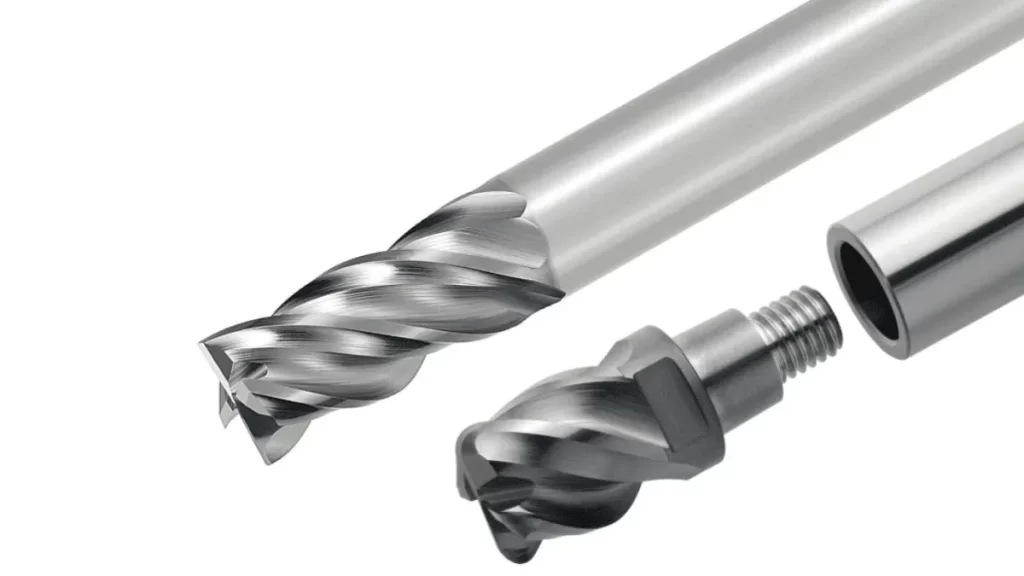
Milling Bits
The material selection of a milling bit remains vital for successful operations. Each material proves to be adequate for specific job requirements. Here are the most common materials compatible for milling.
High-Speed Steel (HSS)
High-speed steel (HSS) is one of the most frequently chosen materials for milling bits. It retains its strength under heating conditions. This makes it ideal for high-speed cutting operations.
In addition, HSS works well with softer materials, including aluminium and plastics. It is relatively inexpensive and has convenient availability, allowing for efficient performance of general machining tasks.
Carbide (Tungsten Carbide)
Carbide maintains greater hardness than HSS by a considerable measure. The tool retains its blade sharpness efficiently because of its extended durability. This makes it suitable for both roughing and finishing tasks, especially when machining hard materials.
Moreover, it effectively processes stainless steel and various other hard materials. Mill bits that utilize a combination of carbide tips and steel bodies strike a balance between durability and budget affordability. Solid carbide end mills are the top choice for high-speed milling tasks due to their superior longevity.
Cobalt Steel Alloys (HSS-Co)
HSS-Co alloys are high-speed steel tools that contain 5–8% cobalt. The cobalt helps them stay hard and perform better at high temperatures. The addition of cobalt improves their resistance to heat and hardness. These cutting tools perform exceptionally well on hard materials and facilitate rapid cutting operations.
Diamond-Coated Bits
Cutting hard materials requires diamond-coated milling bits as an ideal tool choice. Diamond stands as the top material in terms of hardness.
This makes diamond mills long-lasting and capable of handling non-metallic hard materials such as ceramics, graphite, and composites. These bits offer excellent performance for ceramic materials or composites.
Ceramic Milling Cutters
High-speed operation of hard materials calls for ceramic milling cutters. The material retains its strength under extreme thermal conditions while remaining somewhat delicate at the same time.
It delivers excellent durability during challenging jobs. However, they should be handled with care, as they tend to break under pressure.
Tool Steel
Tool Steel finds its use in areas that require particular properties, although it remains less common than other materials. Some Tool Steel bits undergo a Titanium Nitride (Tin) surface treatment to achieve longer tool life and improved service capacity.
Types of Mill Bits and Their Common Uses
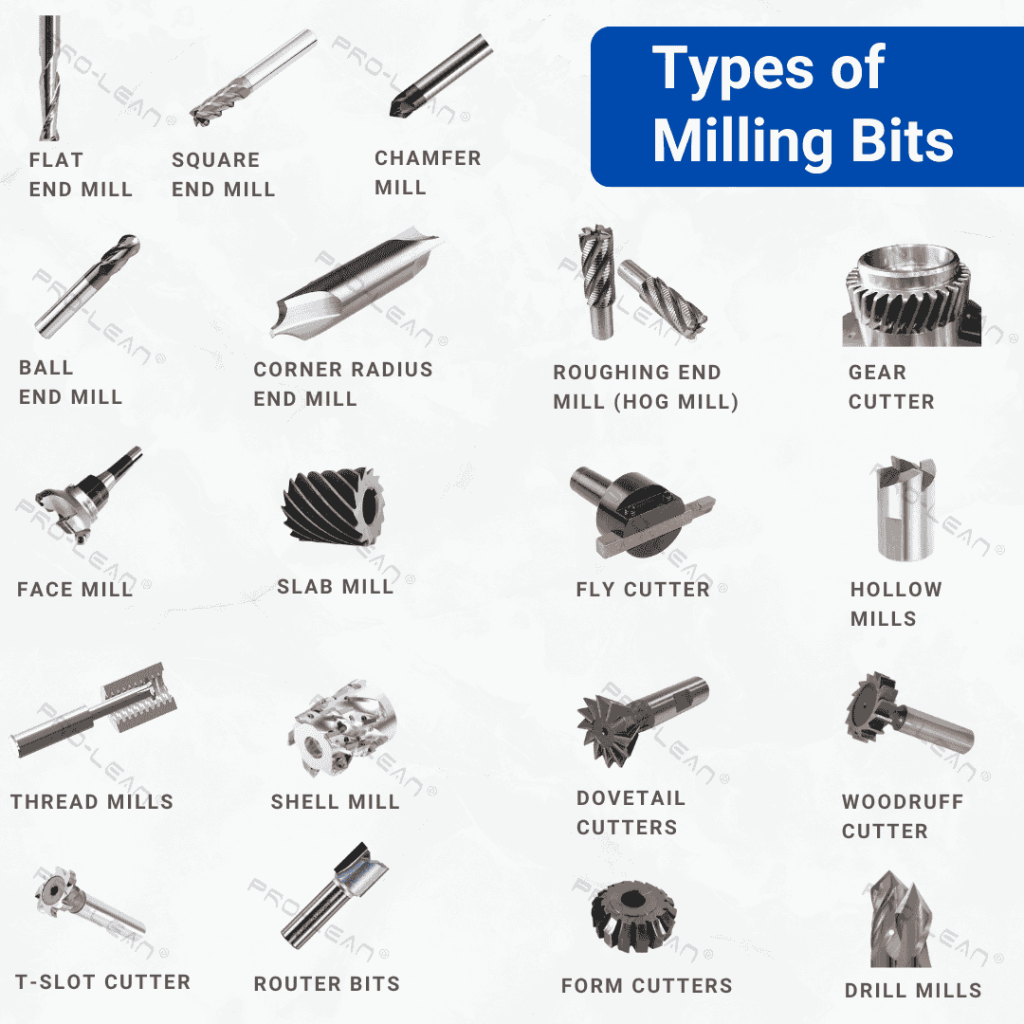
Types of Milling Bits
Here is a list of standard CNC milling tools (bits), and what each one is used for;
Flat End Mill
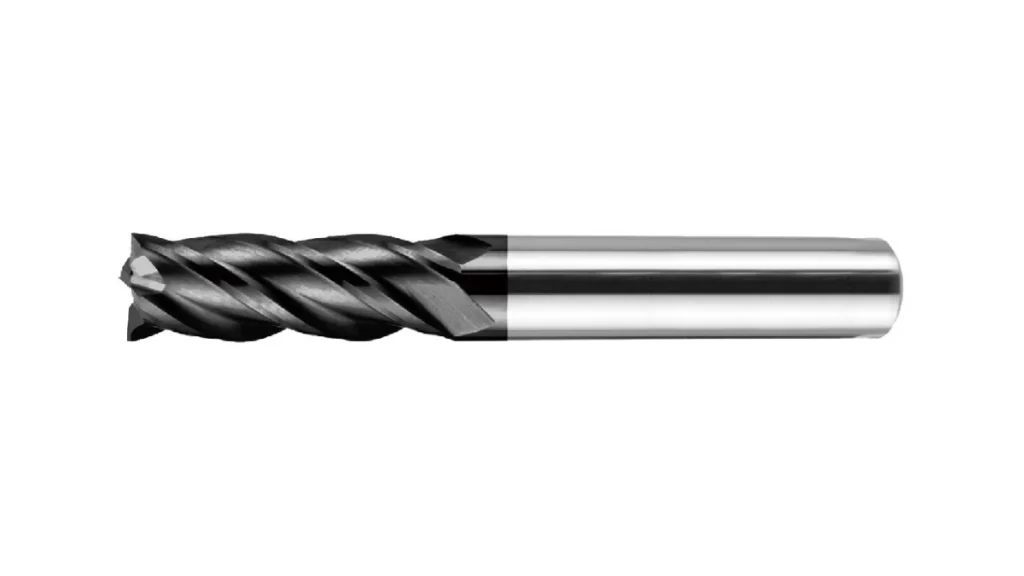
Flat End Mill
Flat end mill bits serve as multi-purpose tools. These are frequently used during milling operations. These cutting tools outperform in slot-making operations and edge-cutting work.
The flat form design leads to smooth surfaces, which enables precise cutting of straight edges. Workshops widely use these bits because they can deliver and precisely work on different material types.
Square End Mills
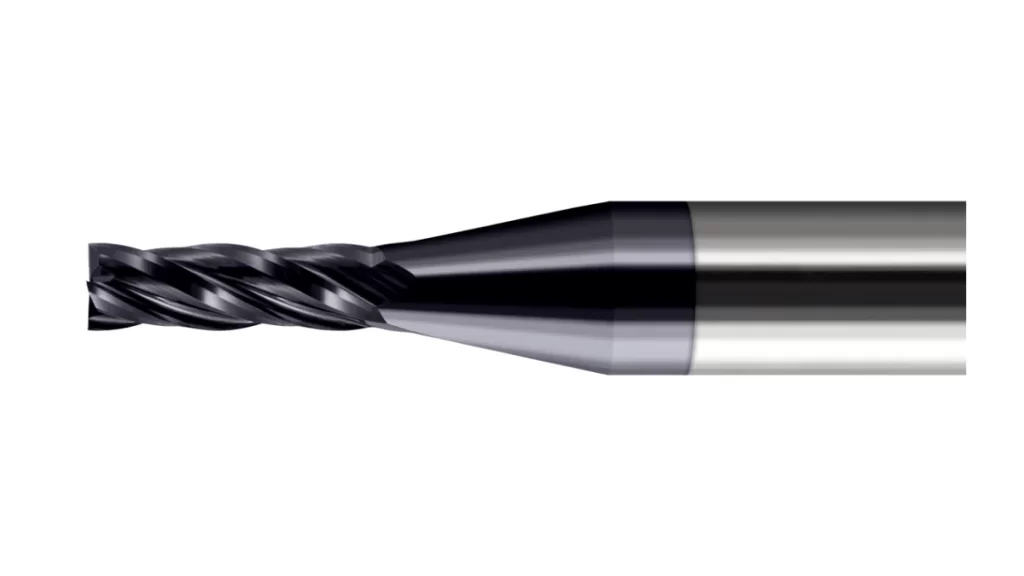
Square End Mill
Square end mills feature flat ends. It is equipped with sharp cutting edges. These tools are used for fabricating slots and grooves along flat surfaces.
Their engineering design produces precise cuts and delivers exceptional surface quality, particularly when machining hard materials.
Ball End Mills
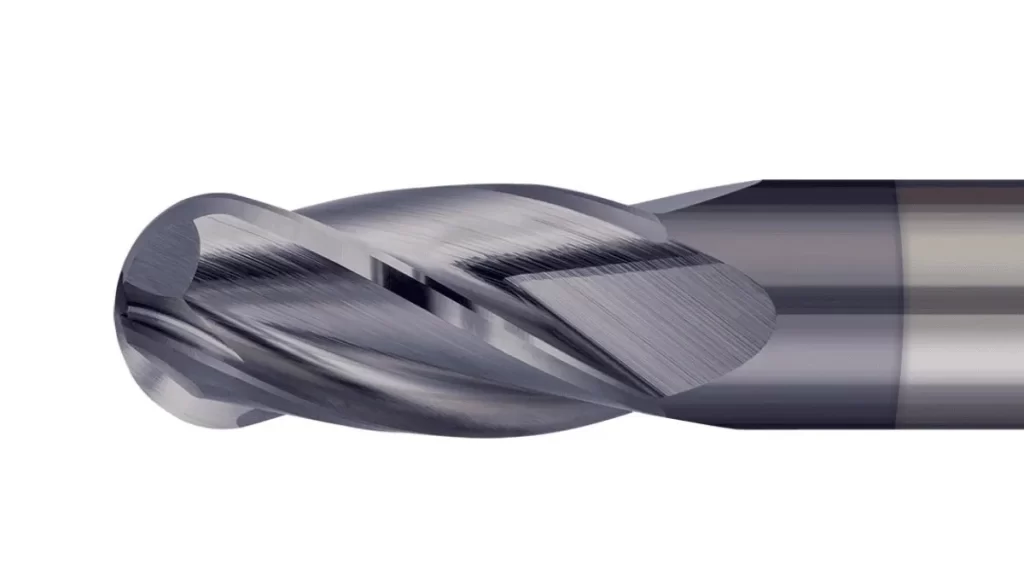
Ball End Mill
Ball-end mills provide their best performance in 3d contour machining. These entail spherical terminals. The tools serve mold-making operations and the production of shaped, curved surfaces.
The spherical shape of its tip reduces material breakage, resulting in superior finish quality when working on complex profile designs.
Corner Radius End Mills
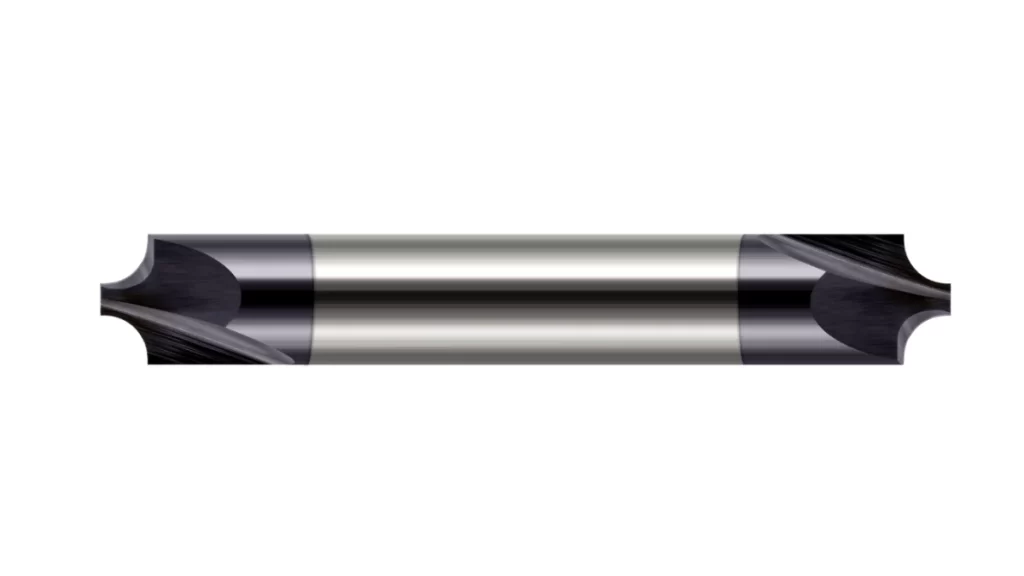
Corner Radius End Mill
The corner radius end mill combines the functionality of a flat-end mill with the benefits of a ball-nose end mill. The rounded shape of the corner section increases the tool’s durability by reducing the likelihood of damage and breakage.
Die and mold production benefits significantly from this feature, as it performs excellent work on precise, rounded edges.
Roughing End Mills (Hog Mills)
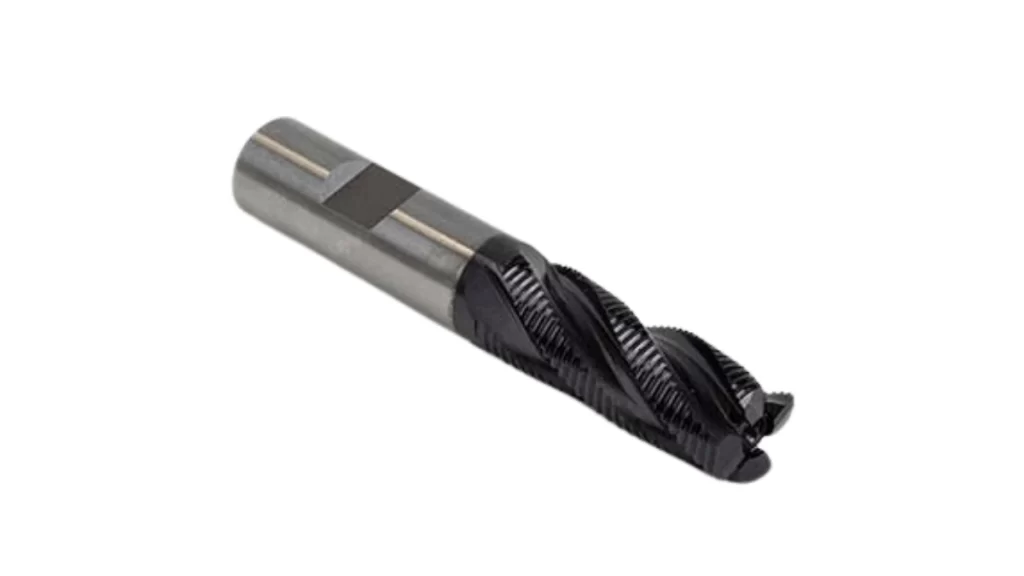
Hog Mills
Roughing end mills are used for quick material reduction operations. The serrated feature of the tool allows it to break down chips, preventing blockages in the tool path.
The initial milling operation of tough materials requires these specific bits because they perform well for the roughing work. This tool type quickly removes large volumes of material before the finishing operation occurs.
Face Mills
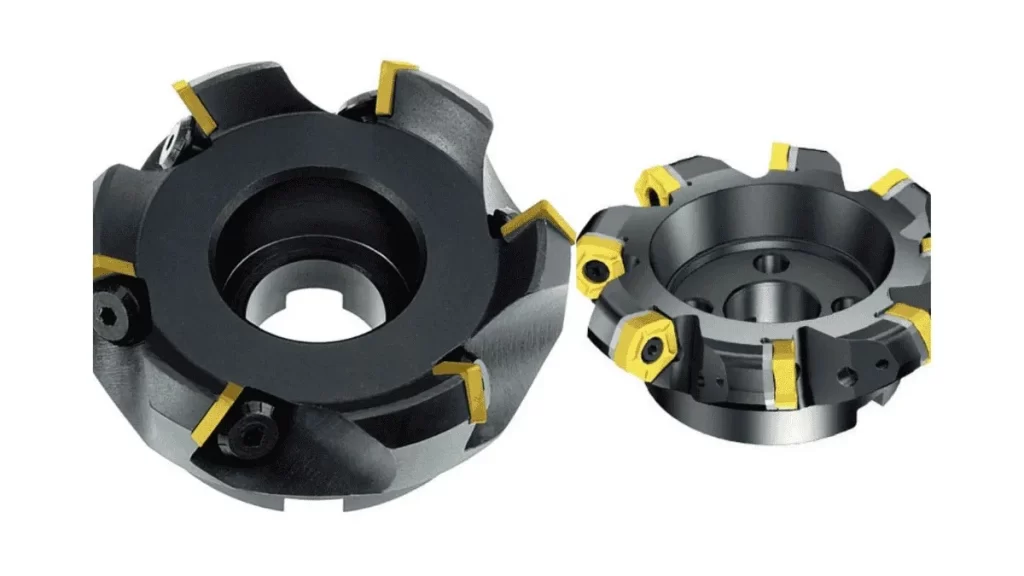
Face Mill
Face mills serve as efficient tools for machining quick flat surface operations. These cutters feature multiple inserts and edges to maximize their speed in removing material. Larger milling machines equipped with these mills produce smooth surface finishes during high-volume operations. (Read more about fly cutter vs face mill)
Slab Mills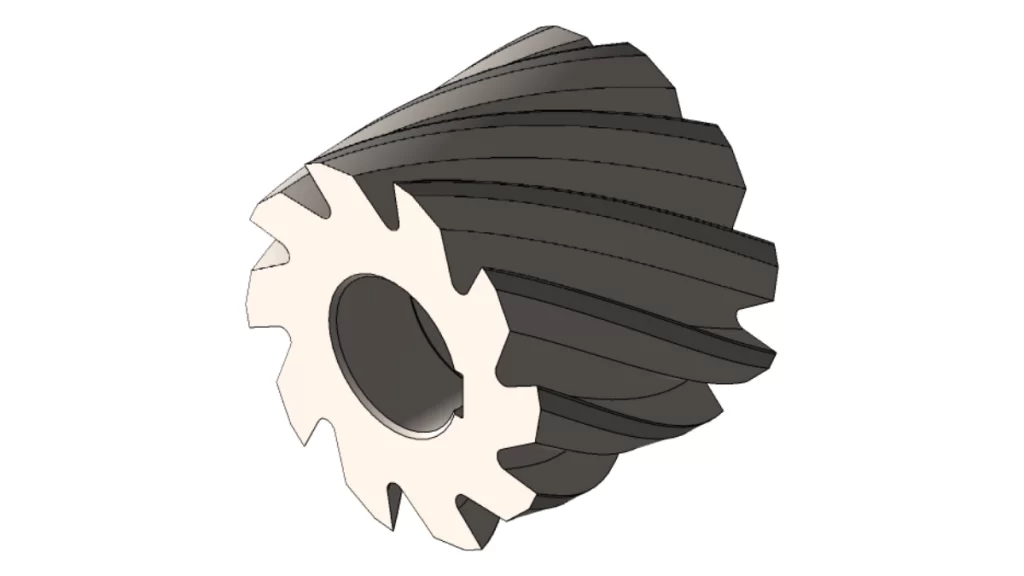
Slab Mill
Slab Mills work like face mills, yet they operate specifically with larger dimensions. Heavy duty cutters are best suited for removal operations that generate significant material waste. A slab mill enables the efficient production of long and wide parts within relatively short periods.
Fly Cutters

Fly Cutter
The rotating head of Fly Cutters contains one or two cutting tools. These can achieve high-quality finishes for broad flat surfaces. It is affordable and designed for basic milling operations and finishing work across various material types.
Hollow Mills
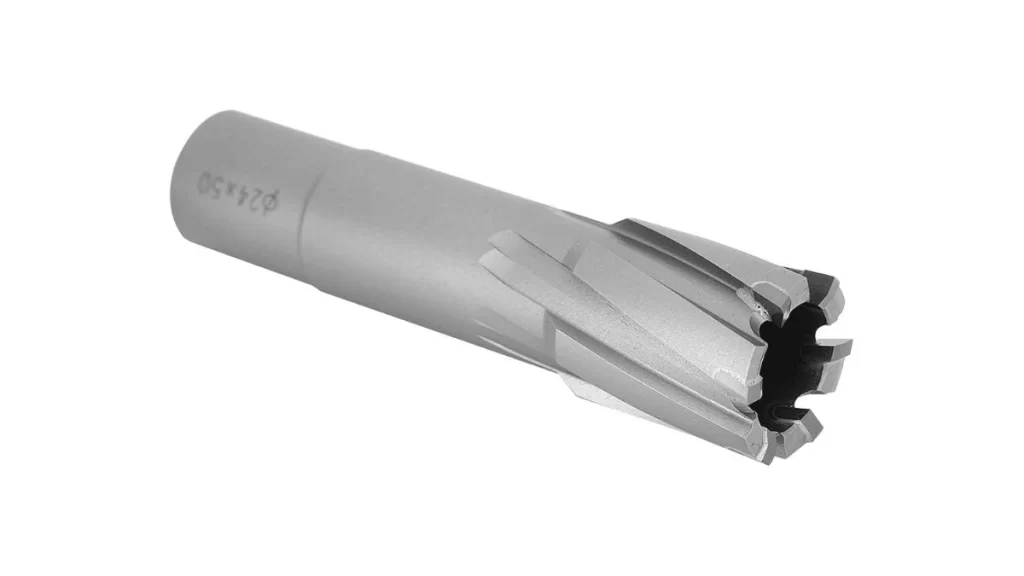
Hollow Mill
Hollow mills mainly work through their cylindrical shape and built-in pipelines. These feature an empty cut head design that primarily functions during turning operations on lathe machines. Precision tubes and hollow shafts are two standard products that benefit significantly from their utilization.
Thread Mills
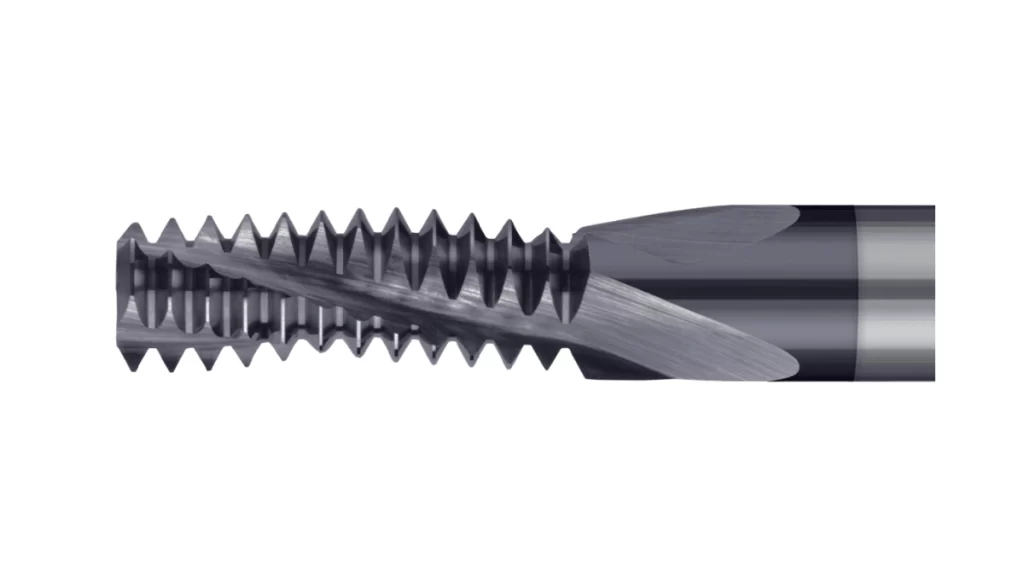
Thread Mill
Thread mills are Specialized cutting tools. These create internal and external threads, and offer more flexibility and higher precision compared to conventional tapping techniques. These are selected particularly when producing precise threads because they operate effectively with metals and plastics.
Shell Mills
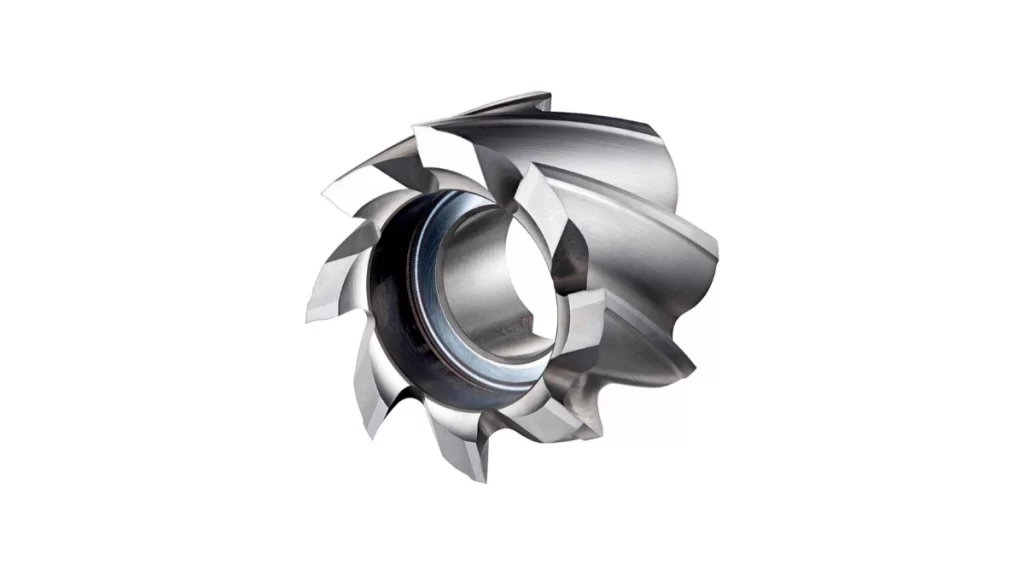
Shell Mills
The diameter of shell mills remains smaller than that of face mills. These tools deliver outstanding part surface quality. Shell mills are the best choice for milling when a smooth, even surface is needed.
Dovetail Cutters
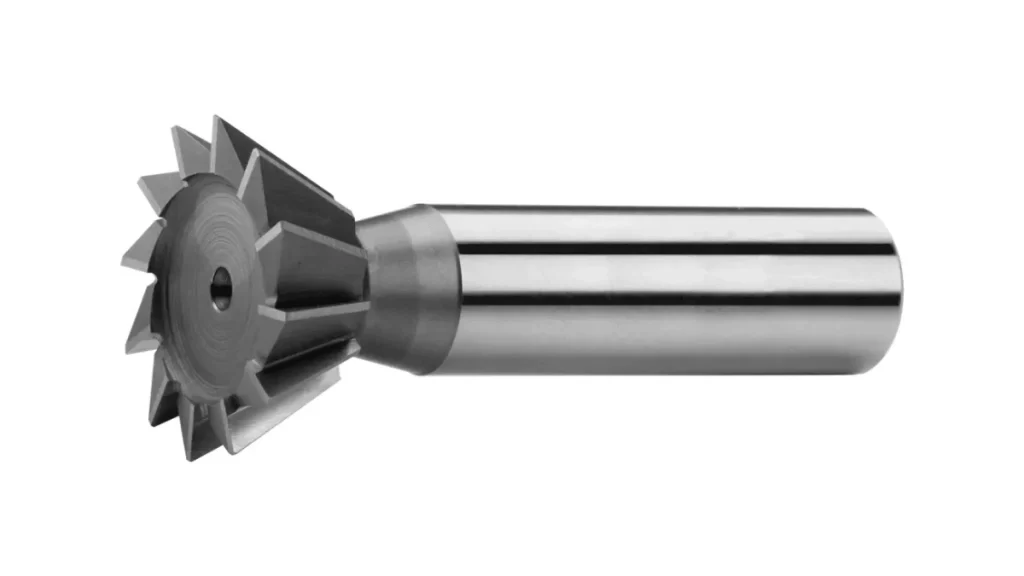
Dovetail Cutters
The purpose of dovetail cutters is to produce chamfered slots with dovetail shapes. Joinery for woodworking utilizes such grooves as they form strong and lasting connections. You can use cutters to make accurate wood cuts and good cabinets.
Woodruff Cutters

Woodruff Cutter
Woodruff cutters are used to manufacture keyways and slots inside shafts. Their special semicircular design makes them necessary for mechanical applications.
T-Slot Cutters
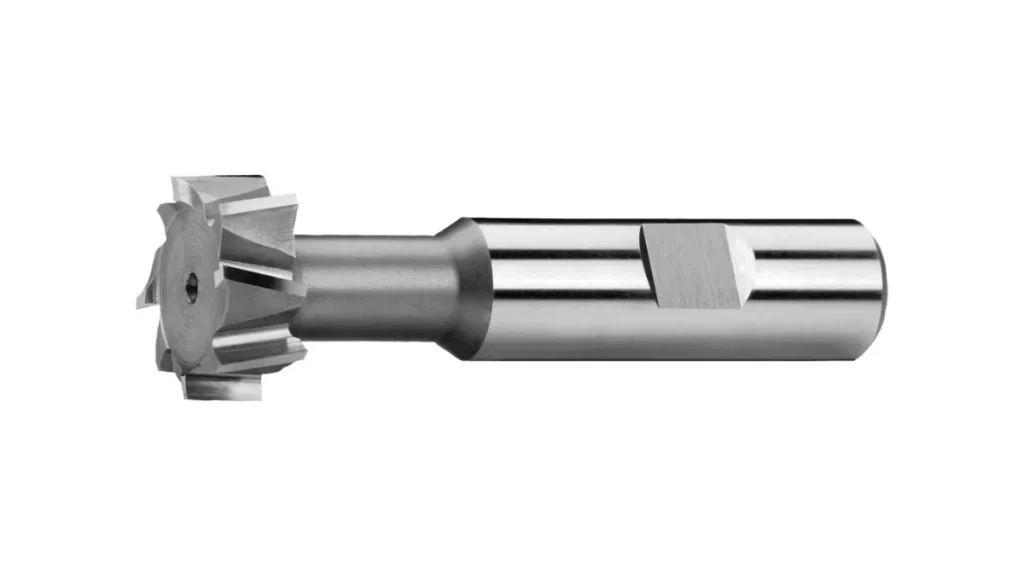
T-Slot Cutter
T-Slot Cutters are exclusively used for creating machine tables and part T-shaped recesses. You can use T-slot cutters to make slots that hold parts or tools in machines.
Router Bits
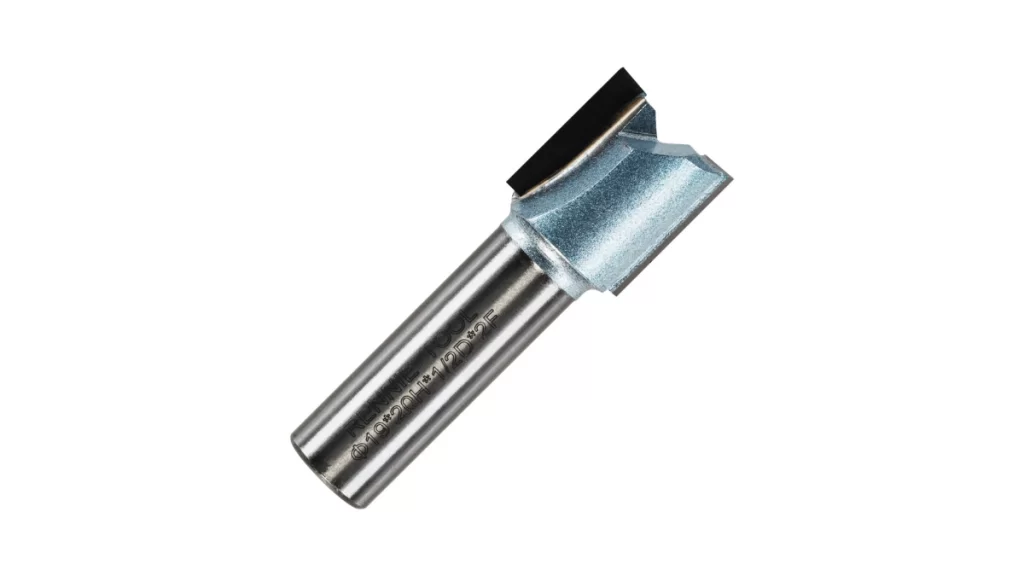
Router Bit
Router bits are used in router machines to cut and shape wood. It serves different purposes than CNC milling machines, with some exceptions. They are primarily used in the woodworking industry and many other sectors for shaping and trimming jobs.
Form Cutters
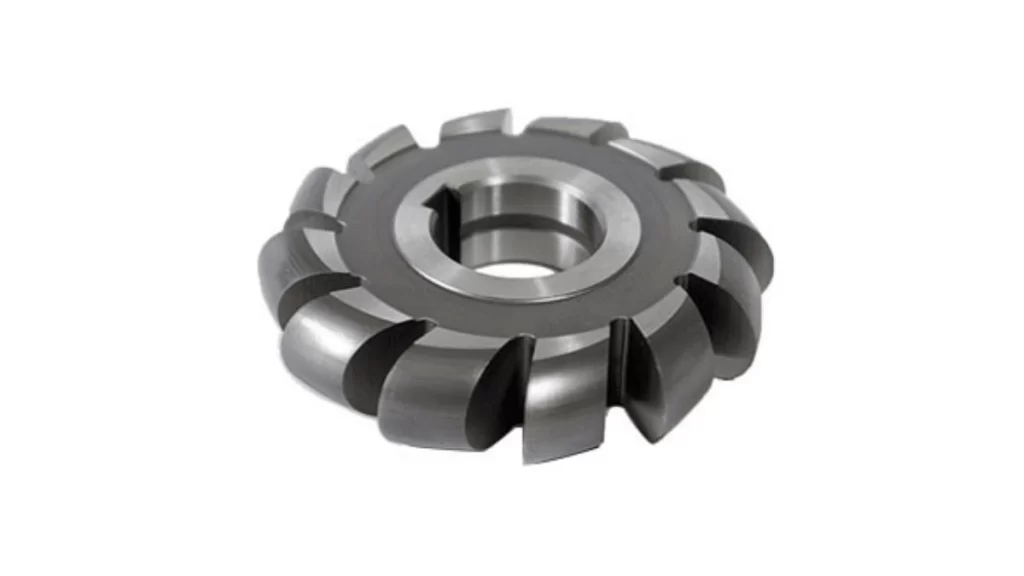
Form Cutter
Regular machine shops fabricate form cutters as milling tools to make distinctive shape and profile features. These are specialized milling tools, as standard milling cutters often fail to produce the required designs. Speciality manufacturers heavily rely on these components because they enable them to create distinctive patterns necessary for custom designs.
Chamfer Cutters
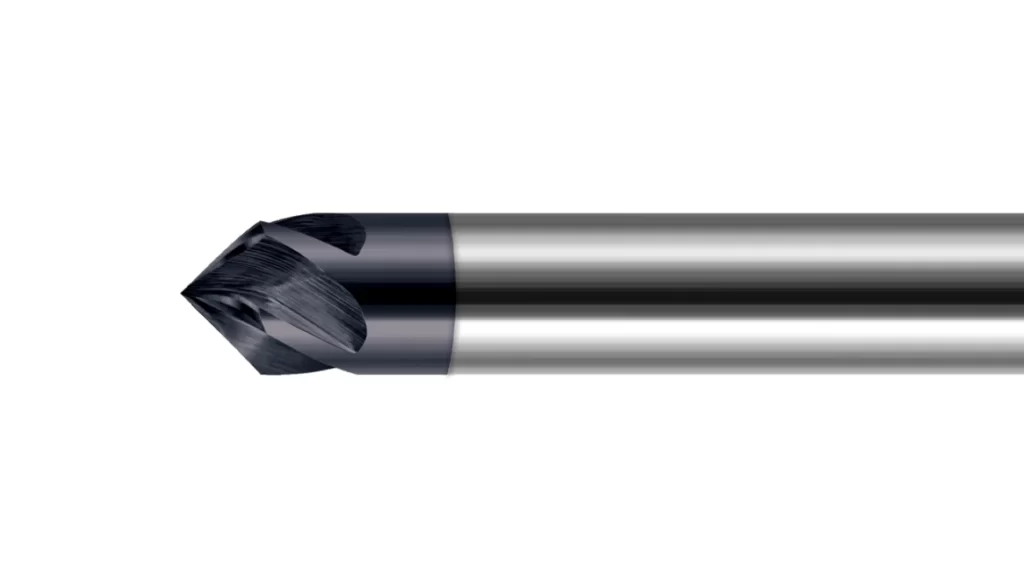
Chamfer Cutter
These cutters are primarily used to produce bevelled edges and chamfers in workpieces. Typically, these are used in metalworking and carpentry for their aesthetic value, making joints ready for welding and facilitating assembly tasks.
Drill Mills
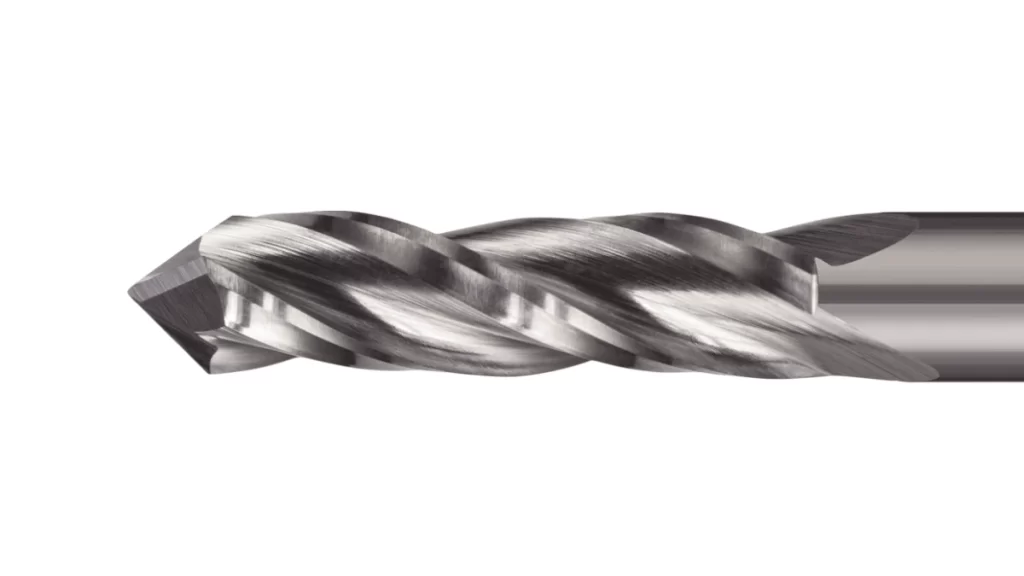
Milling drill bits combine drilling and milling operations into a single, versatile tool. These devices offer multi-functionality, enabling them to perform operations such as drilling, countersinking, and light milling. (Get more unique insights on CNC milling vs Drilling)
Gear Cutters
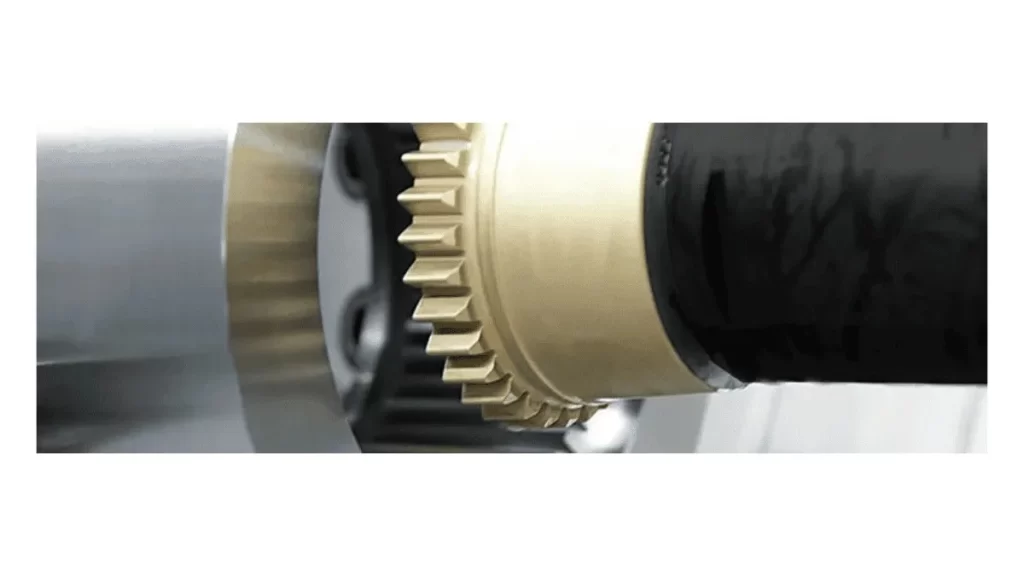
Gear Cutter
As the name suggests, these sophisticated tools are used to manufacture gears. Gear cutters have specific design features for the production of exact tooth patterns required for gear components. The manufacturing industry relies on gear cutters to produce all types of gears, regardless of their size, ranging from tiny clock gears to massive industrial gears.
How To Select the Right Machine Tool for Your Job
The selection of tools depends on three main factors: cutting speed, manufacturing cost, and quality requirements. Moreover, cost is also another potential factor to consider. All these aspects determine manufacturing rate and product quality standards.
Choosing the Right Tool Material
Avoid using carbon steel tools, as they exhibit limited operating capabilities. The use of HSS (high-speed steel) produces suitable results in most production applications.
Besides, the tool has a reasonable price point. Although it diminishes quickly as it ages. For improved performance, Cobalt-bearing HSS is optimized for higher speeds. The premium price of cemented carbide remains affordable because it performs exceptionally well against hard materials. Moreover, the extended lifespan of this material makes it a financially beneficial choice.
Tool Diameter
The cutting rate increases when using larger tools, but they present certain operational restrictions. Large-sized tools facilitate the quicker removal of significant work material sections. These provide effectiveness in rough applications, but struggle with precise tasks. On the other hand, small-sized tools are best for precise and confined cutting tasks.
Tool Coatings
Tool coatings enhance operational durations and lead to optimal machine performance. Tin coatings serve as both friction reducers and wear protectors.
Typically, TiB₂ coatings work effectively on aluminum, enabling operators to eliminate the need for lubricants. The additional expenses associated with tool coatings result in an increased total value.
Number of Flutes
The flutes in a cutting tool help remove chips from the cutting area. The number of flutes allows you to increase feed rates while creating smaller tool clearance. The removal of chips is optimized by using fewer flutes; however, the cutting speed slows down during the process. Select the tool according to material and cut type requirements.
Helix Angle
A helix angle controls the cutting speed. An increased helical angle leads to optimal results when cutting soft materials. The controlled delivery of cut quality and speed is possible through this method. The tool mark quality and operational smoothness improve with appropriate angle adjustments.
Summarizing The Details
Selecting the right milling billet is fundamental for completing the job accurately. It impacts everything from the speed of your work to the quality of the final product. By understanding factors such as material, tool size, and coatings, you can make a more sound choice. Conversely, a poor choice can result in delays and increased costs. So, the more you know about each factor, the better the results.
Prolean Tech offers the best-in-class China CNC milling service. We make tool selection easy and precise. If you’re looking for the best parts, we’ve got you covered. We can choose the most appropriate tools according to the specific project and help customers save money and time. So, don’t settle for less. Contact us today and receive expert assistance for your specific needs.
FAQ’s
What Are Milling Bits Used For?
Milling bits are tools used to cut, shape, and remove material from a workpiece. They’re most often used in milling machines to make precise cuts, like drilling holes, creating slots, or shaping edges. You’ll find milling bits in a variety of sizes and shapes.
Can I Use a Milling Bit in a Drill Press?
Technically, you can use a milling bit in a drill press, but it’s not the best tool for the job. A drill press is designed for drilling, not the side-cutting action that milling bits are used for.
What Are the Types of Milling Cutters?
- End Mills
- Face Mills
- Ball Nose Mills
- Slab Mills
What Is an End Mill Bit Used For?
An end mill bit is super versatile. It can cut both sideways and endways, making it perfect for all kinds of milling tasks. You can use it for drilling, shaping, slotting, and contouring. It’s a must-have for working with materials like metal, plastic, and wood.

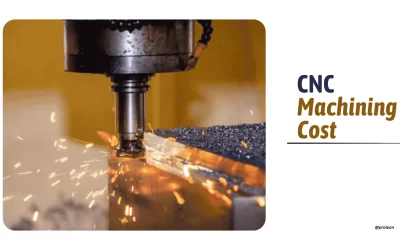
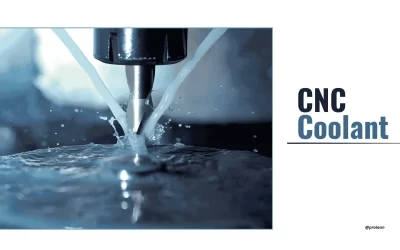
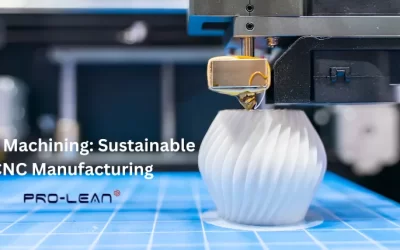
0 Comments